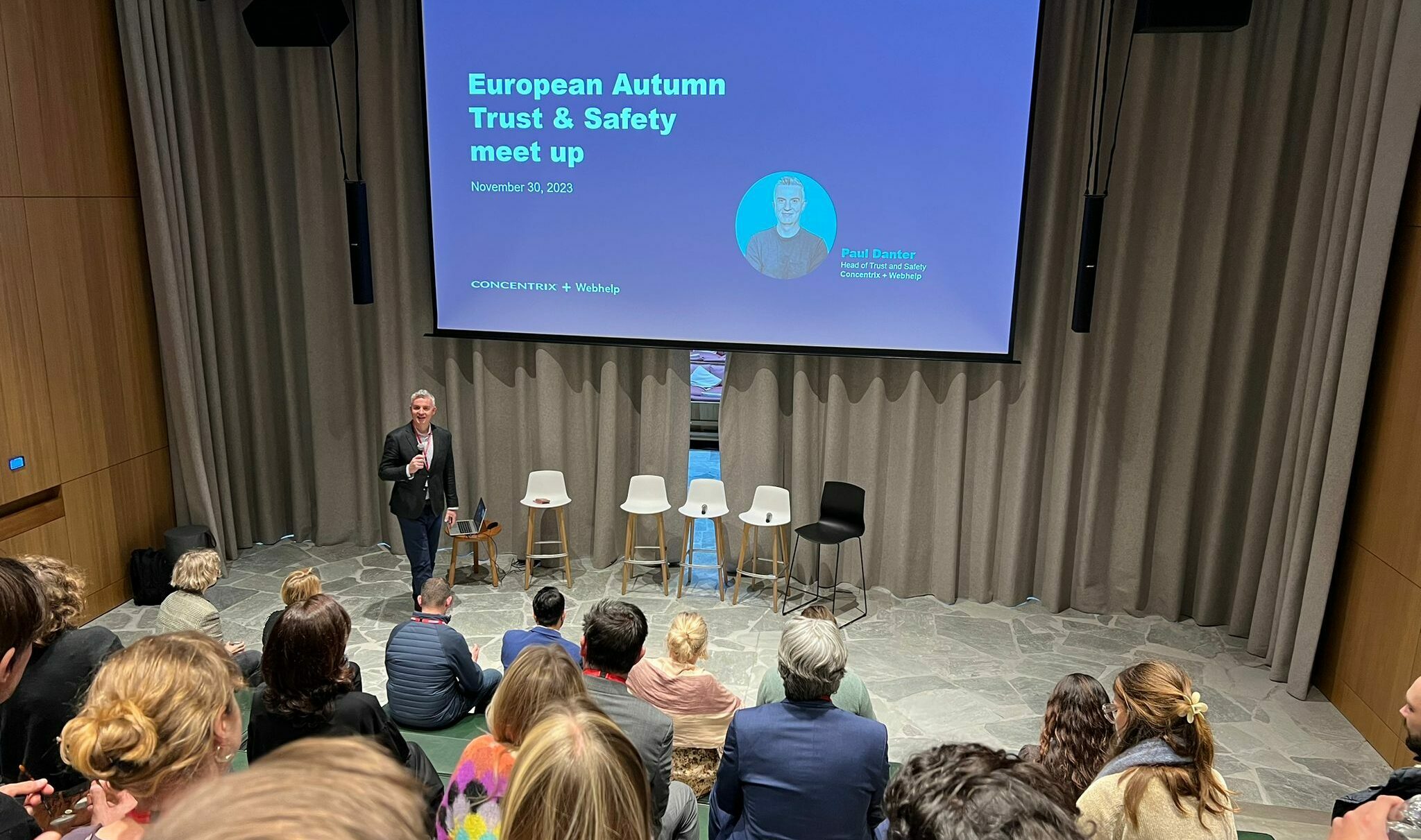Robots are endlessly in the news in recent months. They are moving from the factory to shop floor and contact centre with the intention of improving the customer experience across many different industries. But can robots really change retail?
I was thinking about this because I read a report about the recent ICX summit in the USA where robots were strongly on the agenda. Robots like Pepper are now easily available in the UK, although I have yet to see many retailers opting for robots as customer greeters – something that is now common in Japan.
I think the real challenge is that retailers – and many customers – think of robots as androids. For a robot to be ‘real’ requires human features. Pepper does fit this description well, but I don’t think that androids should be our focus when thinking about robots in retail.
First, let’s think again about what a robot actually is. The word robot was first used in the Czech play R.U.R, written by Karel Capek in 1920. The word was drawn from the Church Slavonic word ‘robota’, meaning servitude, or drudgery. So ‘robot’ essentially means a device that helps humans – a worker.
A robot can also be software that has some kind of automated intelligence. It’s popular right now to talk about robotic process automation. Forrester Research said that the RPA market was worth $250m last year, but will be worth $2.9b by 2021. RPA is the use of intelligent software advisors that can perform repetitive work automatically. This works well inside the back office of a business, but how will these automated advisors works for customers in a retail environment?
I believe that there are two obvious areas where robots could help retail customers, and the delivery method will be the smartphone app. Retailers should be seriously considering how they can offer apps that actually help their customers, beyond just being a channel for sales.
A robotic app could use intelligent prediction of customer behaviour to help the customer and could offer intelligent product recommendations. It’s easy to think of several scenarios where this more intelligent robotic app could make a difference to the customer experience:
- If a customer repeatedly buys the same product, it can warn the customer when stocks are running low, and offer advice on the next time stocks will be replenished.
- If a customer is near to a store they don’t usually use, the app can create a time-limited general discount to entice the customer to pay a visit.
- If a new product is launched that is similar to something the customer often buys then the app might recommend the customer tries it – potentially with a discount.
The list could go on. Every retailer has tried apps, but they rarely have any function beyond allowing the customer to shop from their mobile device. Some incorporate the loyalty club into an app and some are offering payment via the app for in-store customers, but in general it is this idea that the app can be a robot that works on behalf of the customer that will really change the game. If the robot knows what the customer likes and dislikes, where they are, and when they like to shop, then it can really work on behalf of the customer and the retailer to create a better experience.
What do you think of robotic apps, and would you use one? Leave a comment below and let me know, or get in touch on LinkedIn.

![[Fashion] Choosing the right partners to grow your business in 2024, at a time when trust is fragile](https://media.webhelp.com/wp-content/uploads/2023/12/21090253/Office-Showcase-2.png)


